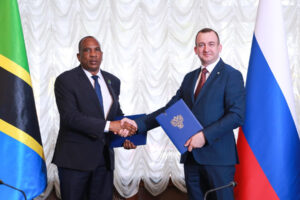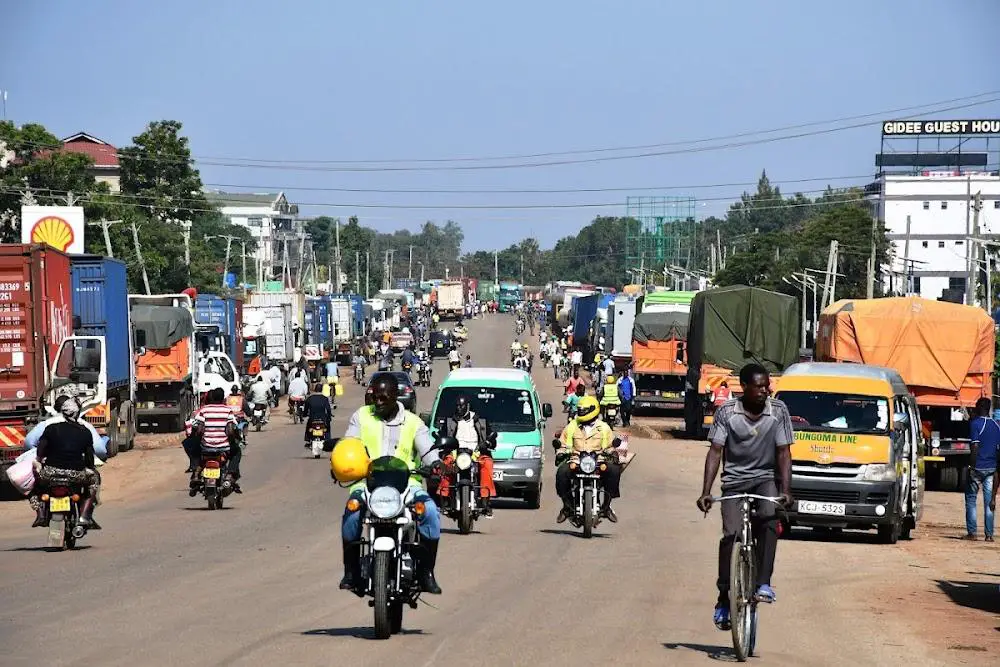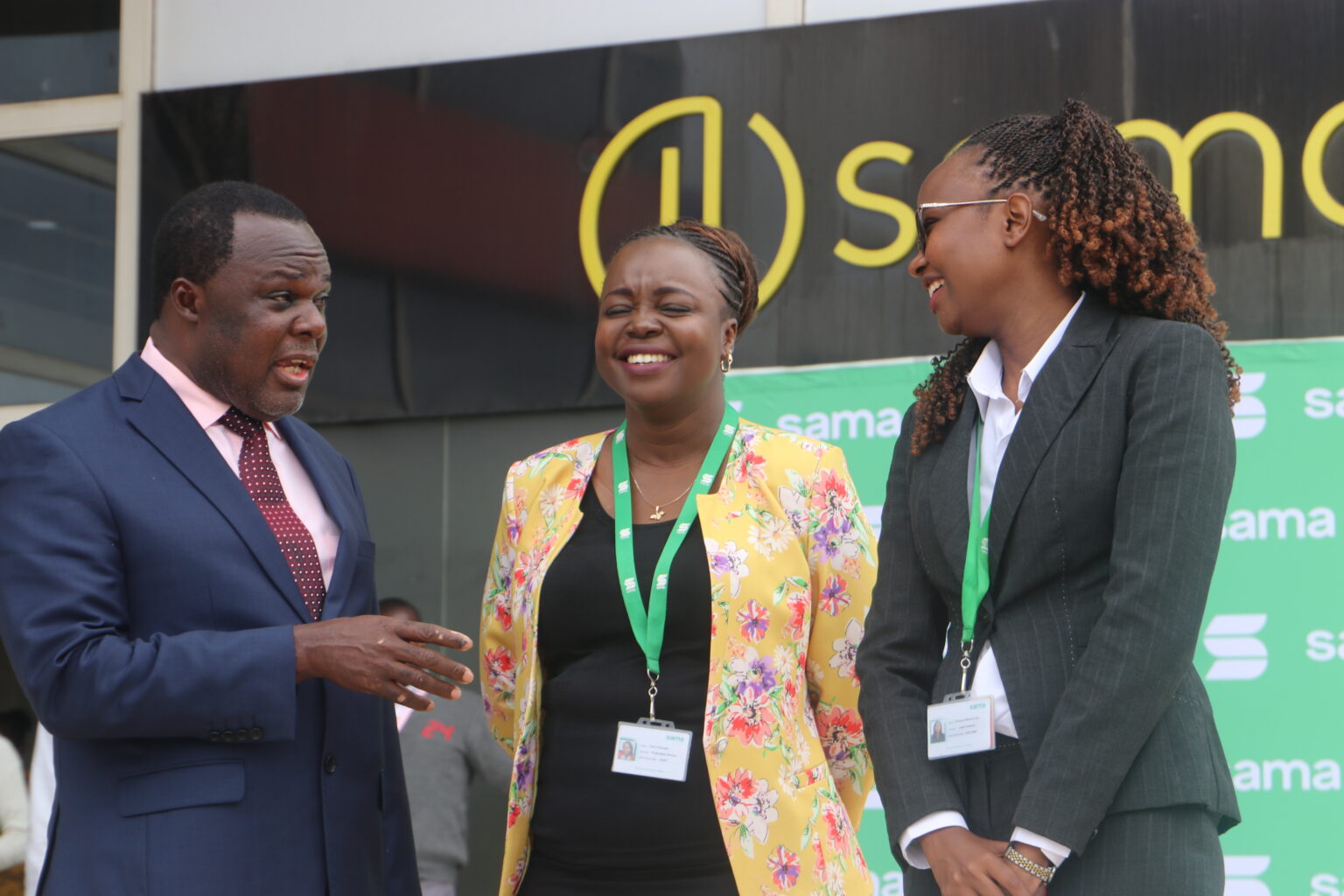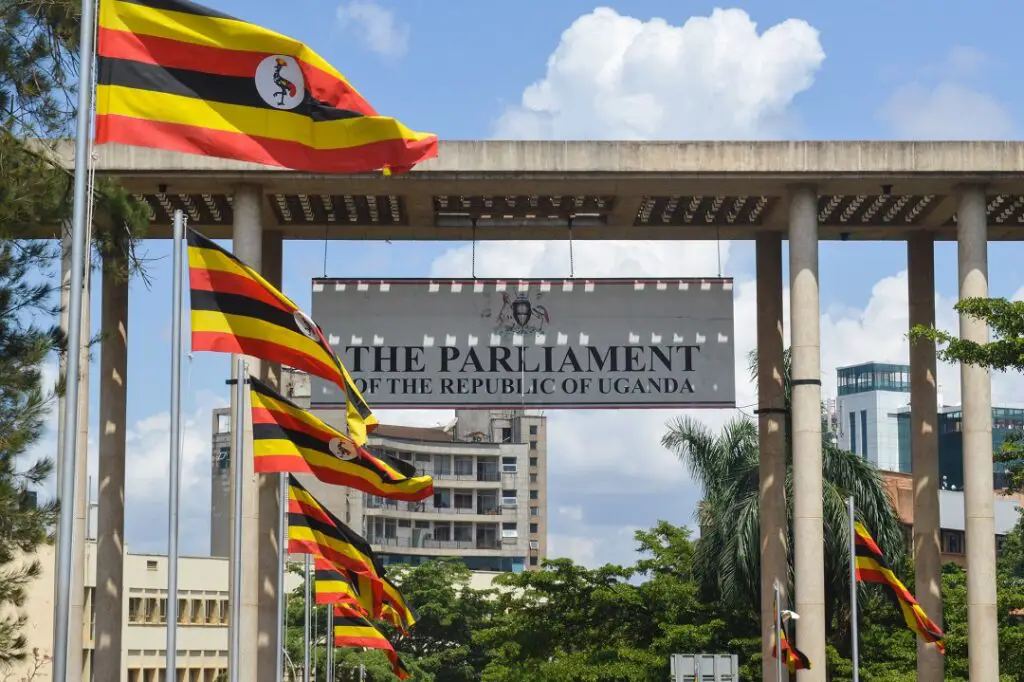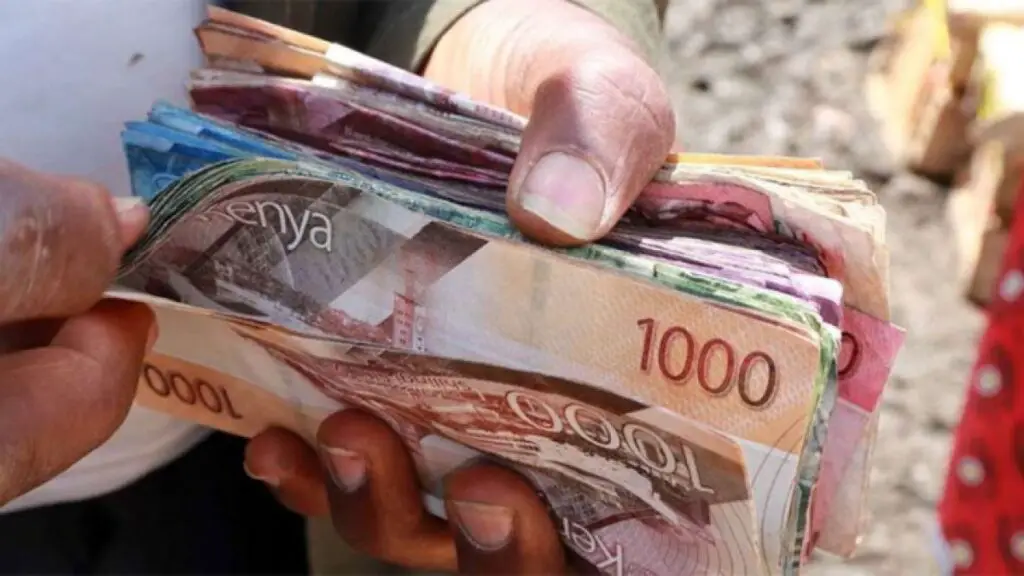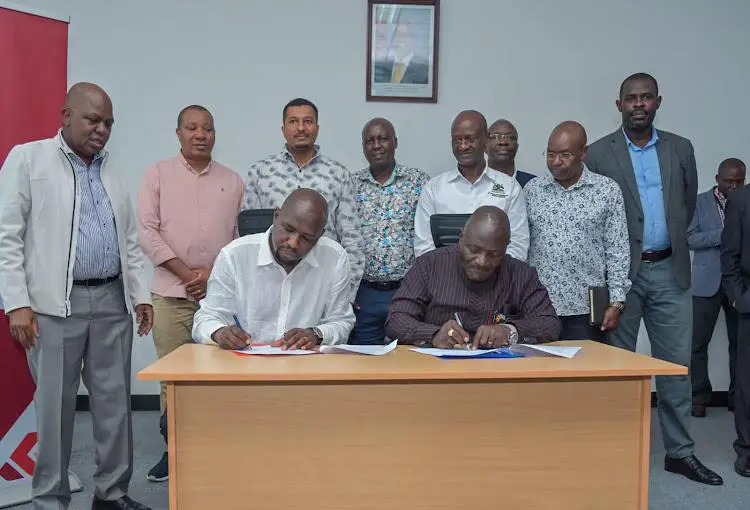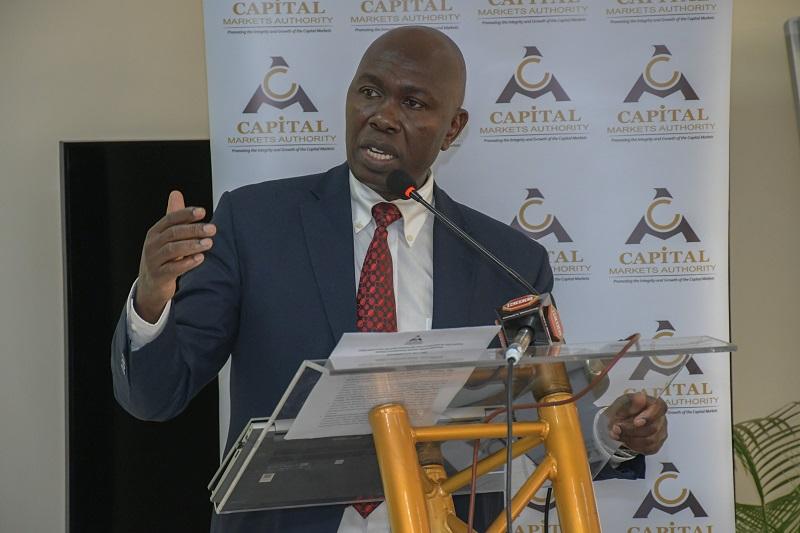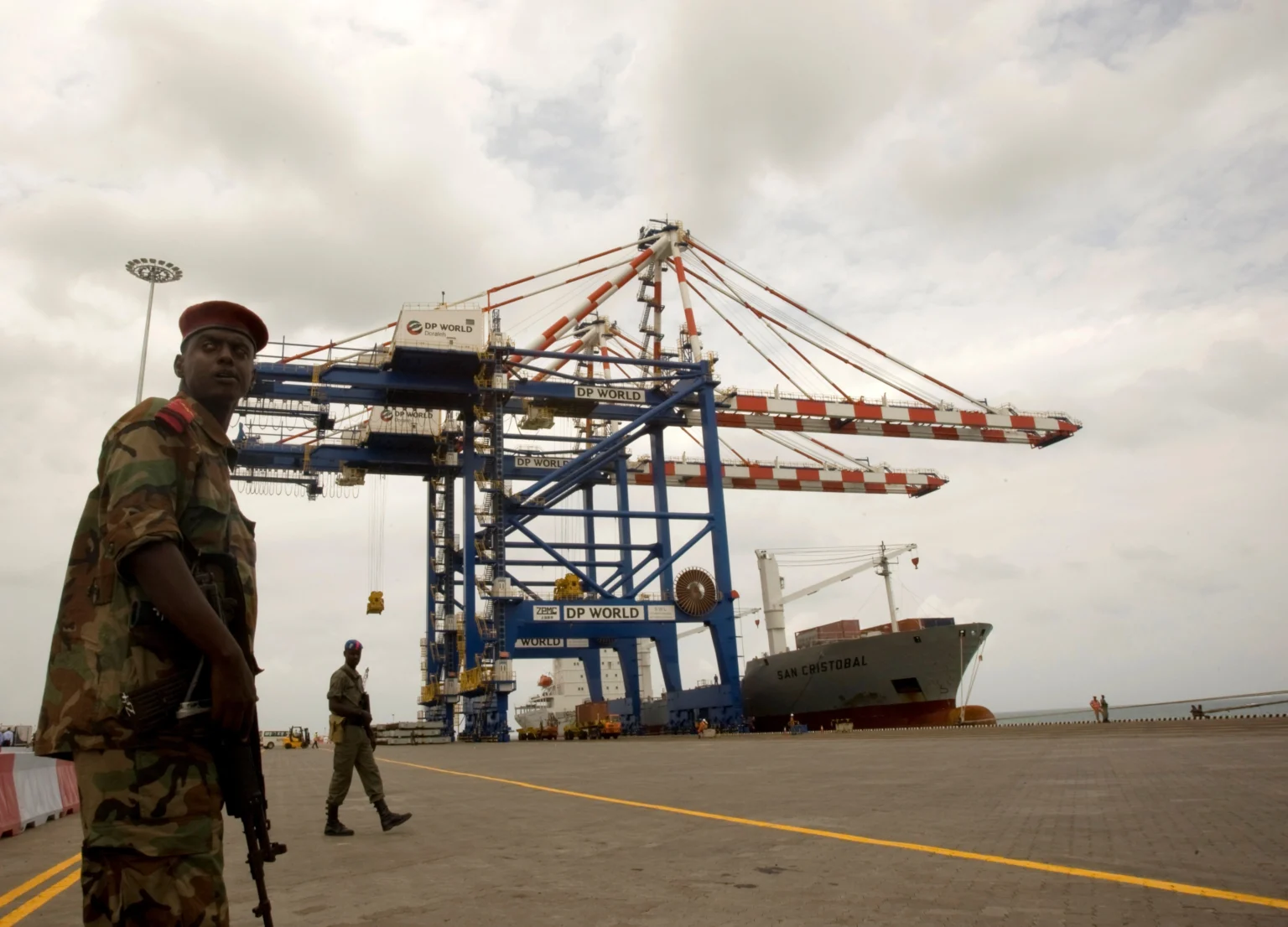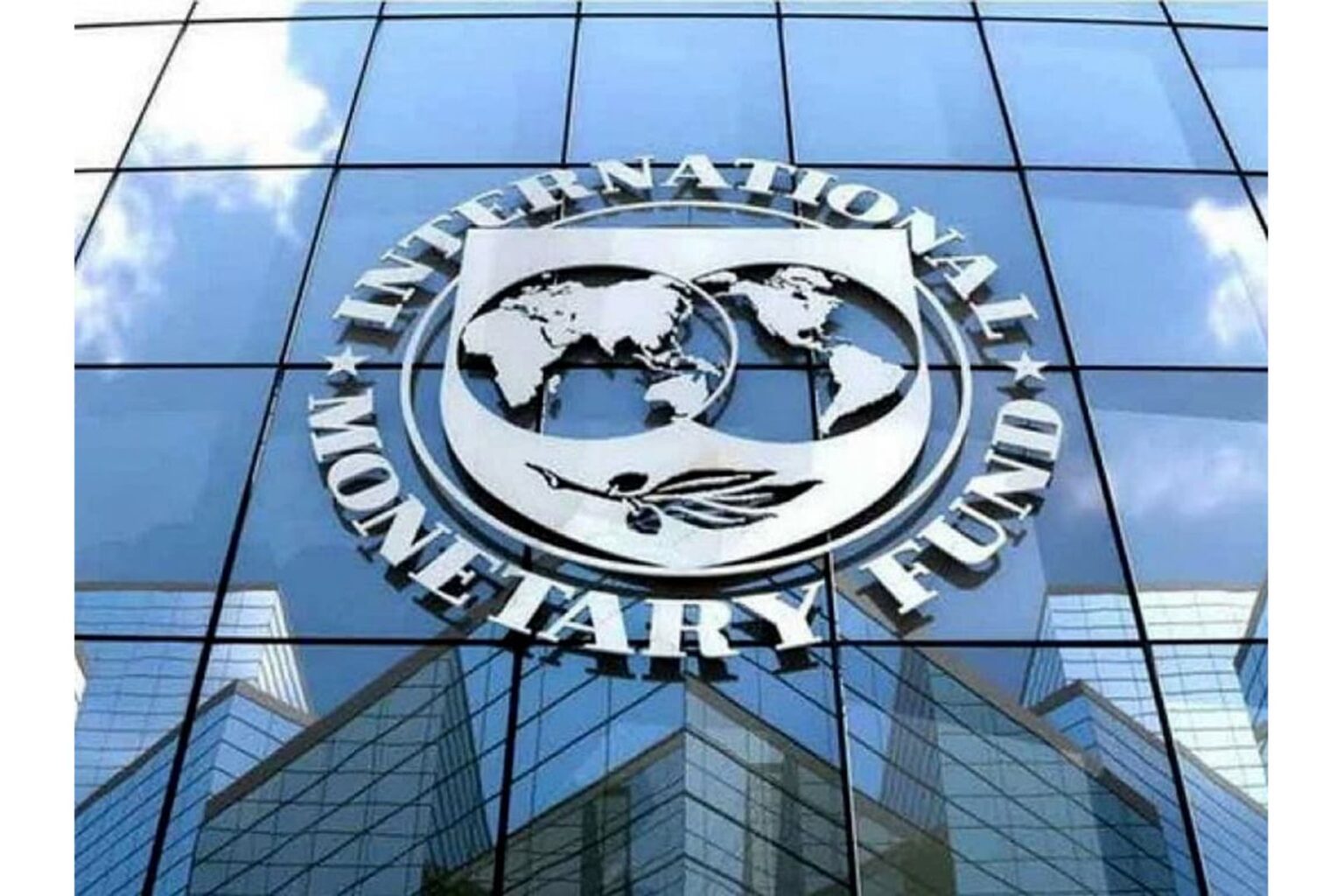- Russia and Tanzania unite to double trade, boost Africa market access
- History as Janngo Capital seals Africa’s largest gender-equal $78M tech VC fund
- South Africa Budget Disappoints Investors as Deficit Widens
- Kenya drops to 6th place in Africa trade barometer
- Tanzania’s bold move to boost cashew nut exports by 2027
- Chinese cities dominate global list of places occupied by billionaires
- Sudan tops up as Africa aims for $25 billion development fund
- Opportunities for youth: Tech firms Gebeya and NVIDIA to train 50,000 developers in Africa
Author: Kang'ethe Njoroge
A communication expert with over 10 years’ in journalism and public relations. My ability to organize, coordinate and follow through assignments has enabled me to excel in media. I have a passion for business in Africa and of course business in Kenya!
- AfDB projects mid-term economic growth across EAC will accelerate to 5.1% in 2023 and 5.8% in 2024. This will be the highest growth area in Africa.
- The region will largely be powered by growth in Rwanda, Uganda, Ethiopia, Kenya, Djibouti, and Tanzania.
- East Africa’s real GDP is riding on a strong services sector that contributed almost 50% of the economic growth in 2022.
According to the newly released African Development Bank economic outlook, the East African Community (EAC) economies will post the highest regional economic performance on the continent in 2023 and 2024, with growth rates of over 5 percent.
AfDB’s 2023 East Africa Economic Outlook projects that EAC’s mid-term economic growth will accelerate to 5.1 per cent in 2023. The region will further post 5.8 per cent economic expansion in 2024, outpacing all other African regions. The region will largely be powered by growth in Rwanda, Uganda, Ethiopia, Kenya, …
- To unlock Kenya’s potential, the government acknowledges the need to address legal challenges hindering job creation in the digital sector.
- Kenya’s current labor laws were created in 2007 when the digital economy was young.
- Globally, the digital economy is emerging as a transformative force in economies, helping create jobs.
The Government of Kenya, through the State Department for Industrialization, has reaffirmed its commitment to collaborate with industry stakeholders to address gaps in the country’s labour laws that are hindering job creation in the burgeoning digital economy.
During a visit to Sama, a firm dealing in provision of data annotation solutions that power the AI models of the future, the Principal Secretary State Department for Industrialization Dr. Juma Mukhawana, assured a closer working relationship with Business Process Outsourcing (BPO) industry stakeholders.
The focus of the engagements will be to address gaps in the labour laws and to prime the rapidly …
- Uganda Auditor-General says out of $27.7 million meant for SACCOs under the Emyooga programme only $21.8 million was disbursed.
- Lawmakers say failure of Microfinance Support Centre staff to follow due diligence in loan disbursement was indicative of incompetence.
- Parliament tasks MSC officials to detail the efforts put in place to ensure that the intended beneficiaries receive the funding.
A report by the Auditor-General has revealed that Uganda’s Microfinance Support Centre (MSC) failed to absorb a total of $5.87 million (USh21.2 billion) of the Emyooga grant during the 2021/22 financial year.
In his report to Parliament, the Auditor-General observed that out of $27.7 million meant for SACCOs under the Emyooga programme, only $21.8 million was disbursed.
In a meeting on July 25, with officials from the Microfinance Support Centre (MSC), legislators on the Public Accounts Committee on Commissions, Statutory Authorities and State Enterprises (COSASE) queried the way the funds were used.…
- The Central Bank of Kenya says tea exports posted a 13 percent year-on-year increase.
- As for the direction of trade, imports from China accounted for 21 percent of Kenya’s total imports.
- Goods exported to Africa in the fourth quarter of 2022 amounted to USD 729 million or 41 percent of the total exports.
Kenya’s current account balance has narrowed to $966 million due to the increase in remittances sent by Kenyans living abroad and a renewed demand for tea from traditional markets the Country’s Central Bank has said.
This figure represents a decline from the previous quarter’s balance of $1,557 million that was reported at the end of 2021.
The current account balance is a crucial component of the country’s overall financial inflow and outflow record, forming part of the balance of payments, which reflects all transactions made by Kenya with its trading partners.
Growth in exports of key goods
…- Kenya and Uganda agree to add 2,746 kilometers to the SGR, increasing overall cost of the project to over $19.4 billion.
- SGR extension is part of the larger $24.1 billion Lamu Port South Sudan-Ethiopia Transport (Lapsset) plan.
- Uganda will extend the SGR to its border with Rwanda, South Sudan, and the DRC.
Kenya and Uganda have jointly signed a communique on SGR extension financing, paving the way for an ambitious infrastructure project connecting the two economies. The initiative will guide the development of two significant railway projects, the Naivasha-Kisumu-Malaba and the Malaba-Kampala Standard Gauge Railway (SGR) links. Once the SGR extension financing is secured, the projects will be implemented in the respective countries.
The deal was formalized with the presence of Kenya’s Transport minister Kipchumba Murkomen and his Ugandan counterpart Edward Katumba-Wamala.
While Kenya has already signed commercial contracts for its SGR sections, Uganda is on track to finalize the …
- Despite increased market volatility compared to the previous quarter, the outflows remained relatively low, under one percent.
- To address liquidity challenges, the Capital Markets Authority plans to collaborate with key market stakeholders.
- Increase in interest returns from Government securities continues to shift investments away from the domestic equities market.
Foreign investors in Kenya cut their equity outflows in the capital markets by $87 million in the three months to June as the market showed signs of gradual recovery from the impact of high interest rates and global shocks.
In the quarter, foreign investors withdrew $10.5 million, a significant decrease compared to the $98 million net outflow seen in the first quarter. Despite increased market volatility compared to the previous quarter, the outflows remained relatively low, remaining below one percent.
In Kenya, there are still some risks associated with foreign investors’ flight, said Luke Ombara, the Director for Policy & Market …
Djibouti is set to receive a $120 million loan from the African Export-Import Bank (Afreximbank) in a deal targeting projects that will accelerate the country’s economic growth.
The financing, which will go to Djibouti’s Great Horn Investment Holding (GHIH) to execute projects in the country’s Damerjog Industrial Development Free Trade Zone, is part of a total facility amount of $155 million. The remaining $35 million will be financed through Banque pour le Commerce et l’Industrie Mer Rouge of Djibouti. …
- IMF is attributing Sub-Saharan Africa’s growth slowdown to the ongoing rise of central bank policy rates aimed at tackling inflation.
- However, the IMF expects a rebound to 4.1 per cent in 2024 on easing monetary tightening.
- The IMF projects Kenya’s economic prospects to improve to 5.4 per cent growth in 2024.
The International Monetary Fund (IMF) has downgraded its projection for Sub-Saharan Africa GDP growth in 2023 to 3.5 per cent, from 3.9 per cent set in April.
However, the IMF expects the region’s economy to rebound to 4.1 per cent growth in 2024. This revision represents a 100 basis points downgrade for both years.
A steady rise of central bank policy rates aimed at tackling inflation are to blame for the slowdown, IMF said. IMF is hopeful that a rebound in 2024 will be driven by the expected global economic recovery, subsiding inflation, and easing of monetary policy tightening.…
- A new platform dubbed inDrive.Freight will allow users to send parcels with the cost of delivery negotiated with the driver.
- Customers will send parcels of up to 20,000kg to one another.
- The platform will also allow users to receive or send non-liquid items via in-city routes in Cape Town and Jo’burg.
E-hailing platform inDrive, best known for allowing customers to negotiate prices with drivers, looks set to tap into South Africa’s freight market. The move follows the introduction of bargain-your-ride e-hailing service in the country.
The new platform dubbed inDrive.Freight will allow users to send parcels with the cost of delivery negotiated with the driver. With offerings ranging from compact cars for smaller parcels, to large trucks suitable for moving or business requirements, customers will send parcels of up to 20,000kg to one another.
The platform will also allow users to receive or send non-liquid items via in-city routes, …
- Due to their small footprint, traders are located closer to consumers, along transport hubs and routes, or within local communities.
- Proximity also extends to knowing and stocking customer’s preferred brands and products and offering credit to loyal customers.
- United Nations Economic Commission for Africa indicates that small and local retail transactions account for 70 percent of total transactions in Kenya alone.
Across East Africa, it is not uncommon to see dukas and kiosks around every other street corner offering some of life’s daily essentials such as sugar, soap, tissue paper as well as bread and milk.
While they may not seem like much, East Africa’s dukas and kiosks are the backbone of the economy, providing jobs and basic essentials to millions of people.
According to EuroMonitor International, these spaces for trading can range from as little as 1sqm up to 30sqm. Due to their small footprint, traders are located closer …
